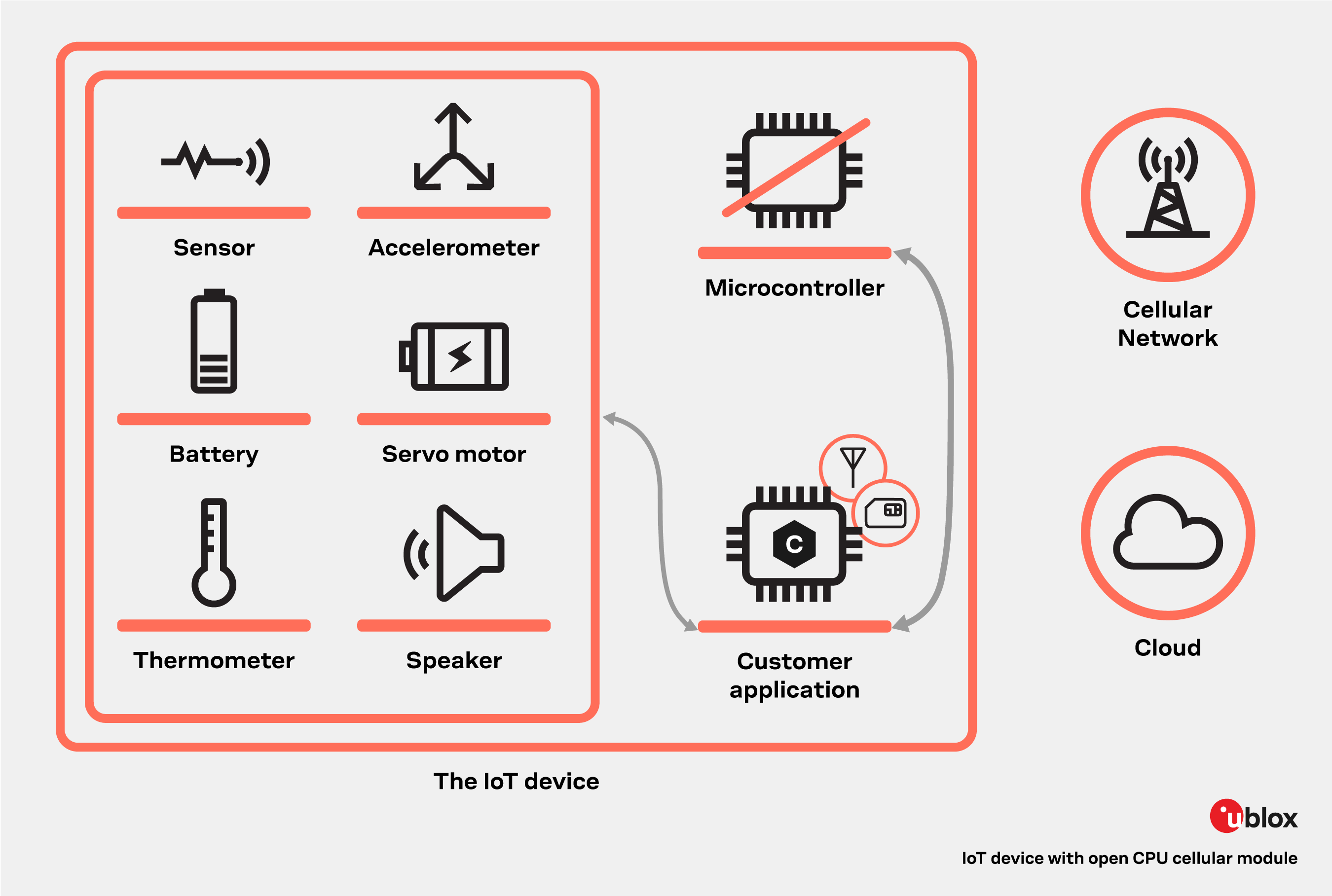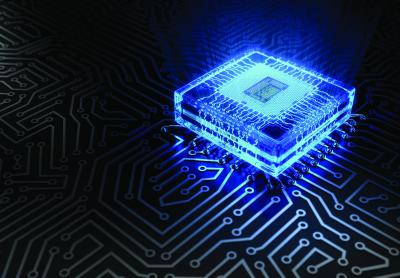
- Support portal
- Evaluation Kits and partner products
u-blox Support
- Product documentation
Documentation
- Investor relations
Investor relations
Technology
|
16 Apr 2024
The lightweight uCPU doesn't need a big Microcontroller Unit (MCU), opening up even greater possibilities for IoT devices.

At u-blox we have been refining the design of our devices over the years, in multiple iterations. Developers will know the challenge of fitting the same or better features into even smaller spaces. With our new uCPU host-less tracking technology, we bring them into the next phase of efficient and compact design, while cutting down on the extra costs associated with traditional setups. The lightweight uCPU doesn't need a big Microcontroller Unit (MCU) anymore, opening up even greater possibilities for IoT devices in a competitive marketplace. (5 min. read)
Size is a crucial criterion to compete in today’s market, where devices are continuously re-designed for cost-efficiency over multiple generations. This is especially true for small applications such as wearables and personal fitness trackers. Such small devices fight aggressively on price within their respective markets, and their developers are acutely aware that no space can be spared.
In the classic scheme of a cellular IoT device, the design consists of a Microcontroller Unit (MCU), which runs the customer application and manages the execution of the different tasks, from maintaining cellular connectivity to connecting to additional peripheral components for positioning.
Fortunately, though this component was once thought to be integral to the circuit, single-chip designs remove this unit from the device while maintaining its capabilities. The advent of single-chip designs was a game-changer, enabling applications to be managed remotely and freeing up masses of space within the device. Consider, for example, Wi-Fi and BLE modules, both single-chip designs with open Central Processing Units (CPUs) that have been incredibly disruptive in our marketplace.
Ultimately, the choice to use single-chip models is based on space and cost savings. In cases such as the design of custom wearables, every millimeter of space counts, and space savings are the primary motivators behind opting for a single-chip design. In other instances, cost savings are the key deciding factor. A 32-bit MCU in the R5 uCPU (512 KB flash and 256 KB RAM) costs around $2 in high volume and 4$ in low volume. Though the savings are seemingly small at first glance, these material costs quickly accumulate in traditional MCU designs and can give producers an edge in markets where every dollar counts.

However, now that so many devices have switched to OpenCPU since its invention, developers must find other ways to save space and remain competitive, even down to the millimeter. u-blox’s uCPU offers a unique competitive advantage at this level. While small in size, its advantage in terms of its cost and space savings is mighty.
uCPU is a new feature in the u-blox UBX-R52 cellular chip that allows applications to run directly on u-blox modules. This enables IoT devices to run without the need for a host Microcontroller Unit and results in a device composed of only the cellular module and peripheral elements.
uCPU features enable companies to:
Balancing size and capability becomes paramount in small smart devices such as power tool chargers or pet trackers. The elements of the design need to be extremely small, and unnecessary parts need to be removed to squeeze the overall efficiency of the application. In such instances, product development can reach a threshold in their design optimization where the standard design approach does not allow further cost optimization. Sometimes, even the simplest external microprocessor is oversized compared to the task that needs to be executed by the device. Implementing a host-less IoT design can make a huge difference in these instances.
With the host-less uCPU, the customer’s application runs directly on the u-blox module instead of via a microprocessor. The application can also be loaded to the module with AT commands (e.g., in m-center) or as part of a Firmware-Over-the-Air (FOTA) update. This host-less design removes the large core component that takes up space in standard designs and enables manufacturers to cut materials and costs.
Furthermore, uCPU comes with a comprehensive Software Development Kit (SDK) that goes beyond the capabilities of other host-less modules. Additional features include robust security measures, Transport Layer Security (TLS) support, and communication protocol stacks with ubxlib-based APIs. Designed to support users in developing applications in the C programming language, the SDK offers extensive information, examples, and an evaluation toolkit to support developers. In addition, uCPU supports ubxlib APIs, which facilitates porting existing applications from host MCUs to the uCPU environment.
To activate uCPU, contact our team, and we will ship a development kit directly to your office.